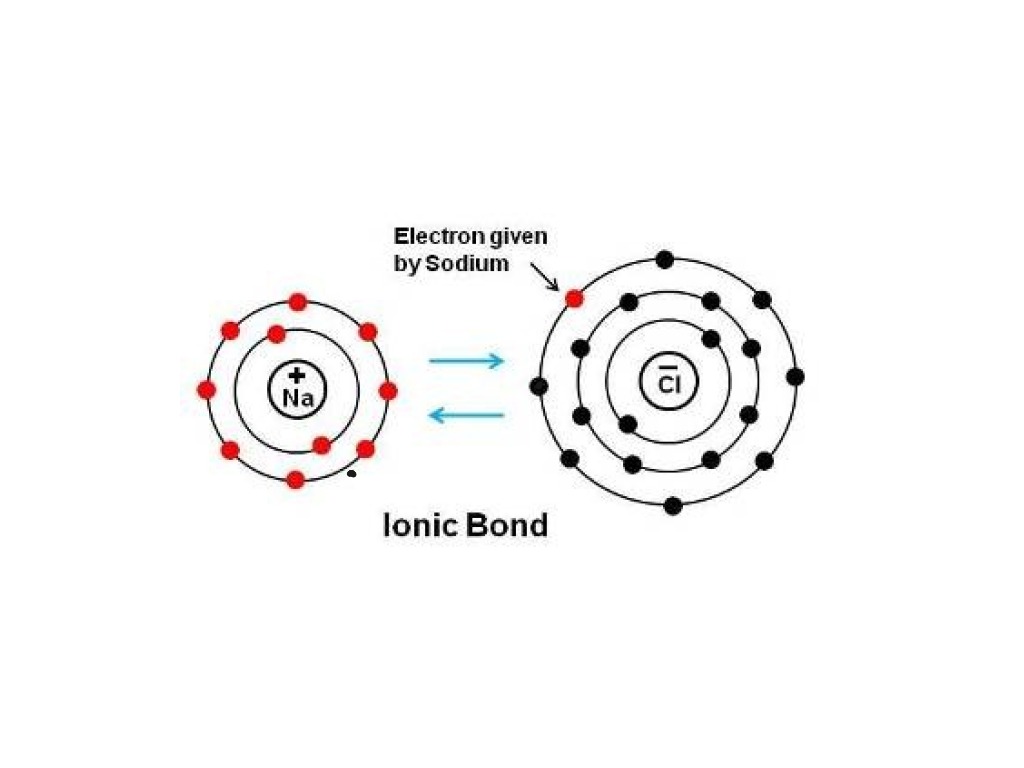

At acidic pH, the NH 4 + ion is by orders of magnitude more abundant than NH 3 (pK a = 9.25). This results in a significant accumulation of ammonium within cells 1, 2, 3, 4. The uptake of ammonium (here referring to the sum of NH 3 and NH 4 +) was comprehensively studied in model organisms, where it has been shown that ammonium can be taken up against its concentration gradient. In Arabidopsis thaliana, other plants and organisms from all kingdoms of life, ammonium is transported across membranes by proteins of the AMT (AMmonium Transporter) / Rh (Rhesus protein)/Mep (Methylammonium permease) family. Our results, highlight the importance of the twin phenylalanine gate in blocking uncontrolled ammonium ion flux.Īmmonium is one of the major inorganic nitrogen sources for plants. Even though ammonium might pass the mutant AMT pore in the ionic form, the transporter still excluded potassium ions from being transported. Despite an unchanged ammonium transport rate, a single mutant of the inner phenylalanine showed reduced N-isotope selection that was proposed to be associated with ammonium deprotonation during transport. Here, we show that while the external recruitment site seems essential for AtAMT1 2 function, single mutants of the double phenylalanine gate were not reduced in their ammonium transport capacity. High-resolution protein structures of several ammonium transporters suggested two conserved pore domains, an external NH 4 + recruitment site and a pore-occluding twin phenylalanine gate, to take over a crucial role in substrate determination and selectivity. Whether NH 3, NH 4 + or NH 3 + H + is the molecularly transported substrate, still remains unclear for distinct proteins. These transporters share a high homology and a common pore structure. Throughout all kingdoms of life, highly conserved transport proteins mediate the passage of ammonium across membranes.


 0 kommentar(er)
0 kommentar(er)
